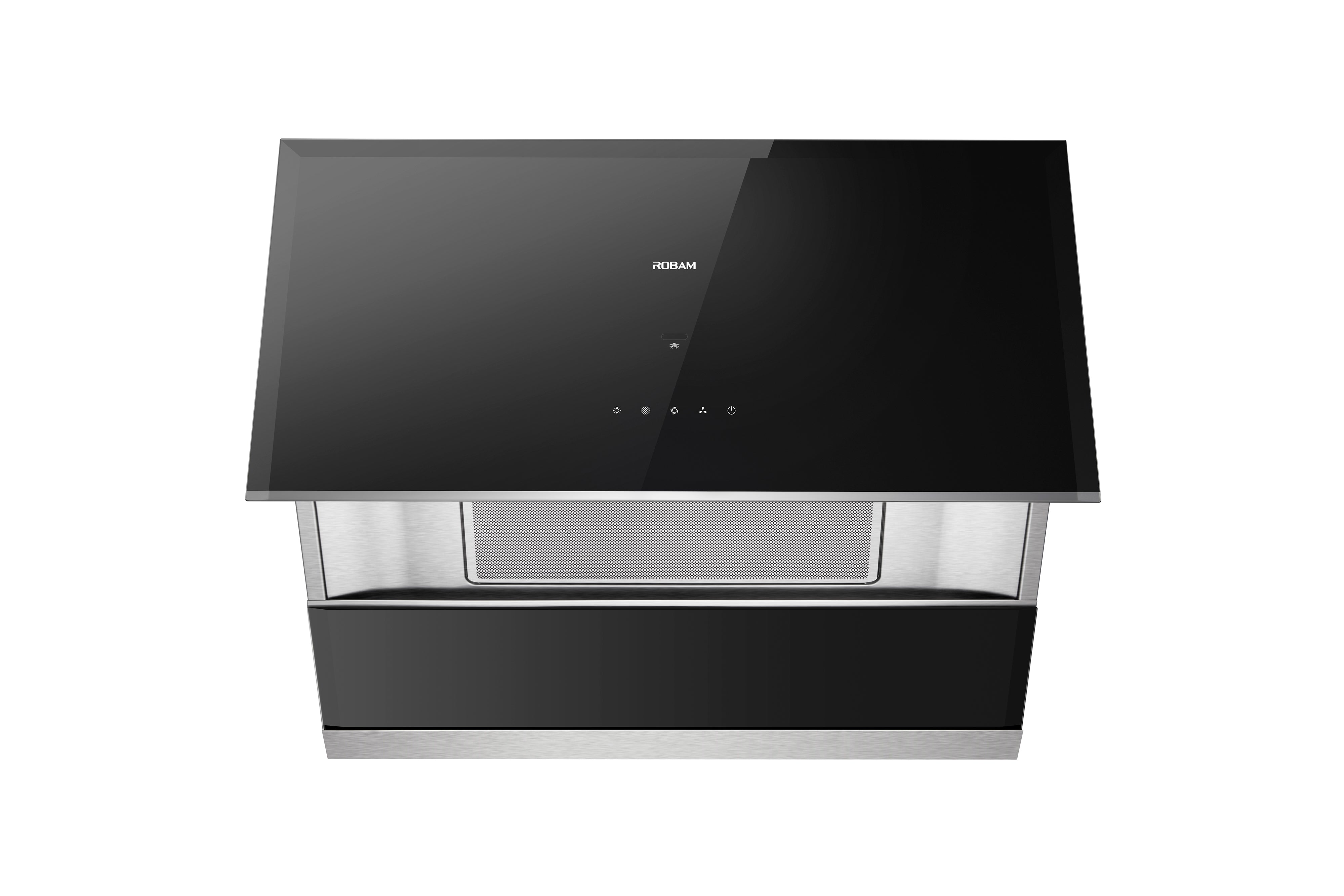The kitchen is the heart of your home, and to keep it at its best, you need to have the best appliances. Unfortunately, no kitchen has endless space for every appliance you want, so you must make some tough choices. One appliance with several types that you may have to decide on is an oven. There are various kinds of ovens, and most people know about steam, conventional, and convection ovens. We’ve previously written about convection ovens, so today, we’re focusing on the difference between steam ovens and conventional ovens. Keep reading to learn more.
Pros of Steam Ovens
While many homes in the United States don’t come equipped with steam ovens, they are an excellent appliance to have on hand. As their name implies, steam ovens cook food with steam, and although that steam is at a lower temperature than conventional ovens, it usually cooks your food faster. This is because steam transfers heat more efficiently than the heating mechanisms in conventional ovens. And since the oven itself has moisture from the steam, you won’t need to add unhealthy oils like you would with a conventional oven. Your food will look better when you steam it since steamed food retains its color better.
Cons of Steam Ovens
Unfortunately, steam ovens can do only one thing: steam. This means that if you need your oven to perform a specific cooking technique such as broiling, you won’t be able to with this type of oven. Most steam ovens for personal use are small and can only fit on your counter, so you may not be able to use them for large gatherings. And since it’s harder to control the steam temperature, you may struggle with specific recipes, especially when baking.
Pros of Conventional Ovens
Although steam ovens can cook food faster, they’re limited in what they can do. Steam heats too quickly and doesn’t have as much temperature control compared to conventional ovens. This means that conventional ovens are ideal for baking and browning. Conventional ovens also have settings related to their heat mechanisms, such as broiling, which steam ovens don’t offer. Since conventional ovens are exactly that, conventional, they’re also bigger, and one is probably already installed in your home. That means you can serve your entire family or party much easier than with a smaller steam oven.
Cons of a Conventional Oven
Unfortunately, conventional ovens cook slower and require more oils to keep the food moist. You can also experience uneven cooking with conventional ovens since the heat source is in the back of the oven and doesn’t move like steam does, leading to one part of your dish cooking faster than the others.
Pros of a Combination Oven
A combination convection-steam oven gives you all the benefits of both a steam oven and a conventional oven. You’ll enjoy the health benefits and quick cooking of a steam oven while still being able to bake as you would in a conventional oven. While combination ovens are the same size as a steam oven, making them a smaller countertop appliance instead of a large conventional oven, they’re still an excellent choice for cooking, especially for smaller dishes.
The main differences between steam ovens and conventional ovens are how they cook, either with steam or with a heating mechanism, and their size. A combination oven allows you to use both cooking methods in a compact size that may not be ideal for large gatherings but is perfect when you want healthy food quickly.



















